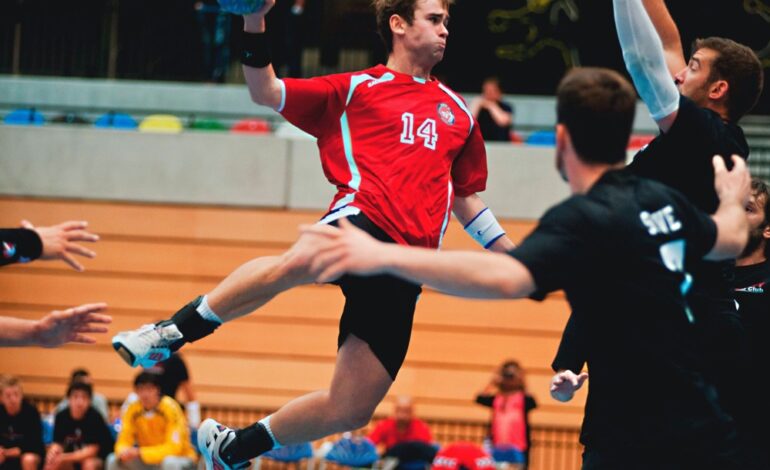A revolution is currently underway and we have the skills and expertise to be at the forefront of it. Every day, research proves anew that the mind takes precedence over the body. As hypnotists, we have been given an even bigger playing field.
Neuroscience confirms that the changes we experience in our clients have a direct effect on their brains. Epigenetics shows that gene expression is activated or deactivated by our hypnotic interventions and that this can even promote the growth of new genes . Today we know that everything we do has an effect on all systems of the body.
The mind is no longer just located in the brain!
Neuropeptides are formed throughout the body. Serotonin is mostly produced in the intestine. We now also know that even the heart produces the same chemical substances responsible for our thinking as the brain. Candace Pert, the woman who discovered the opiate receptor, said:
“Our body is our subconscious”.
How exciting it is to observe changes and to know that a cascade of invisible but measurable transformations is at play. We learn that every memory is malleable and every perception is biochemical in nature. In my courses, I show hypnotists how to engage different regions of the brain more strategically so that the changes generalize. Our work ignites a fire that spreads and ignites in areas that we could not even have imagined ten years ago.
I’m something of a research junkie. I come up with all kinds of ideas that can be implemented in my hypnosis practice, and my brain is constantly producing the good drugs that keep my fascination going. In my opinion, the most important progress for us therapists lies in the latest findings on memory reconsolidation.
Neurons that fire simultaneously wire together.
We have known for more than ten years that “neurons that fire simultaneously wire together” and that when we teach our clients self-hypnosis, they create new neural connections and bring about changes in their brains. Repetition causes changes in the brain and familiar patterns lose their shape. But what about all those seemingly miraculous changes that we often observe after just one session in our practice? It was precisely this question that kept me busy for quite a long time…
Memory reconsolidation is the answer
There are now an astonishing number of studies on the therapeutic use of the fact that the brain is malleable. In recent years, it has been shown that the brain can change or erase certain memories, even emotional memories that have not yet been expressed, which were formed in the deeper areas of the brain and outside of conscious perception. It is precisely these early memories, which form the basis of our thinking about ourselves, our safety thinking, our abilities and all the other concepts, that we work on in our practice.
If we create the conditions for deleting earlier implicit memories, the memory of experiences that have shaped the person also changes. This causes the emotional, cognitive, behavioral and even kinesthetic symptoms to disappear. This happens in a way that makes repetition unnecessary.
Bruce Ecker writes in June 2015 in his article “Memory reconsolidation understood and misunderstood”:
“There is a growing body of scientific evidence that deletion overrides the neural coding of goal-oriented learning (*). The discovery of a deletion process was something of a game changer. She revised the firmly established conclusion, based on nearly a century of research, that a person’s subcortical emotional learning processes are indelibly preserved throughout life (**).
For example, if a young child is constantly snapped at by his angry parents as soon as he expresses a need, he learns to stop expressing or even feeling his needs or grief and to expect neither understanding nor comfort from others. This learning experience can take place entirely in the implicit learning system without having to be represented by conscious thinking or conceptualization. The child configures itself according to this adaptive learning experience in order to suffer as little as possible in its family environment.
At a later point in his life, precisely this learned pattern has formative, extremely costly personal consequences. The learning experiences in this example are quite precisely defined, yet they are formed and acted out without conscious awareness of the learned pattern or the related emotional purpose of self-protection and its necessity. Unconsciously, these learning experiences shape the behavior of the child and later also of the adult, so that the person is not even aware that they are orienting their life according to these particular learning experiences.
The neural circuits that encode these learning experiences are mainly located in the subcortical areas of implicit memory, where implicit, tacit, emotionally urgent, procedural knowledge is stored, and not mainly in the neocortical areas of explicit memory, where conscious, episodic, autobiographical, declarative knowledge is stored (Schore, 2003).
Under what conditions does reconsolidation take place?
First of all, we need to access our emotional memory. There are various ways to do this. We can tap into the behavioral, emotional or somatic experience to illuminate the corresponding neural network associated with implicit memory. This puts the memory into a malleable state, as if we lift it out of the brain and it becomes unstable again.
The most important thing is to create an experience of discrepancy. In neuroscience, this is referred to as a “prediction error”. This means that the memory of a client who felt fear in a situation is updated, but no longer after the session. By getting our client to react or feel completely differently to a triggering stimulus, the brain consolidates the network involved.
If you think about it, from an evolutionary point of view, it makes perfect sense to have a brain that constantly adapts information to the changing environment.
We should also bear in mind that with every memory we unknowingly update our brain a little over time. So it is true and paradoxical that the best way to keep a memory is not to remember it.
Learning experiences shape the behavior of a child and later of an adult
In more traditional therapy sessions, clients unfortunately recall traumatic memories with the same emotions and without any particular change, which leads to the memory becoming even more entrenched. The therapist actually wants to achieve the exact opposite. So without an emotional shift, no reconsolidation can be triggered.
As hypnotists, we are therefore in an ideal position to bring about change. It does not matter what type of hypnosis is practiced as long as a rapid shift in the emotional response to stimuli is produced.
Research is an essential part of the paradigm shift that is shaking the foundations of Western medicine. Yes, the revolution is in full swing. Are you ready?

Melissa Tiers, USA
Clinical hypnotist, multiple award-winning author
Internet: www.melissatiers.com
* Clem & Huganir, 2010; Debiec, Díaz-Mataix, Bush, Doyère, & LeDoux, 2010; Díaz-Mataix, Debiec, Le- Doux, & Doyère, 2011; Jarome et al, 2012
** LeDoux, Romanski, & Xagoraris, 1989; Milner, Squire, & Kandel, 1998




